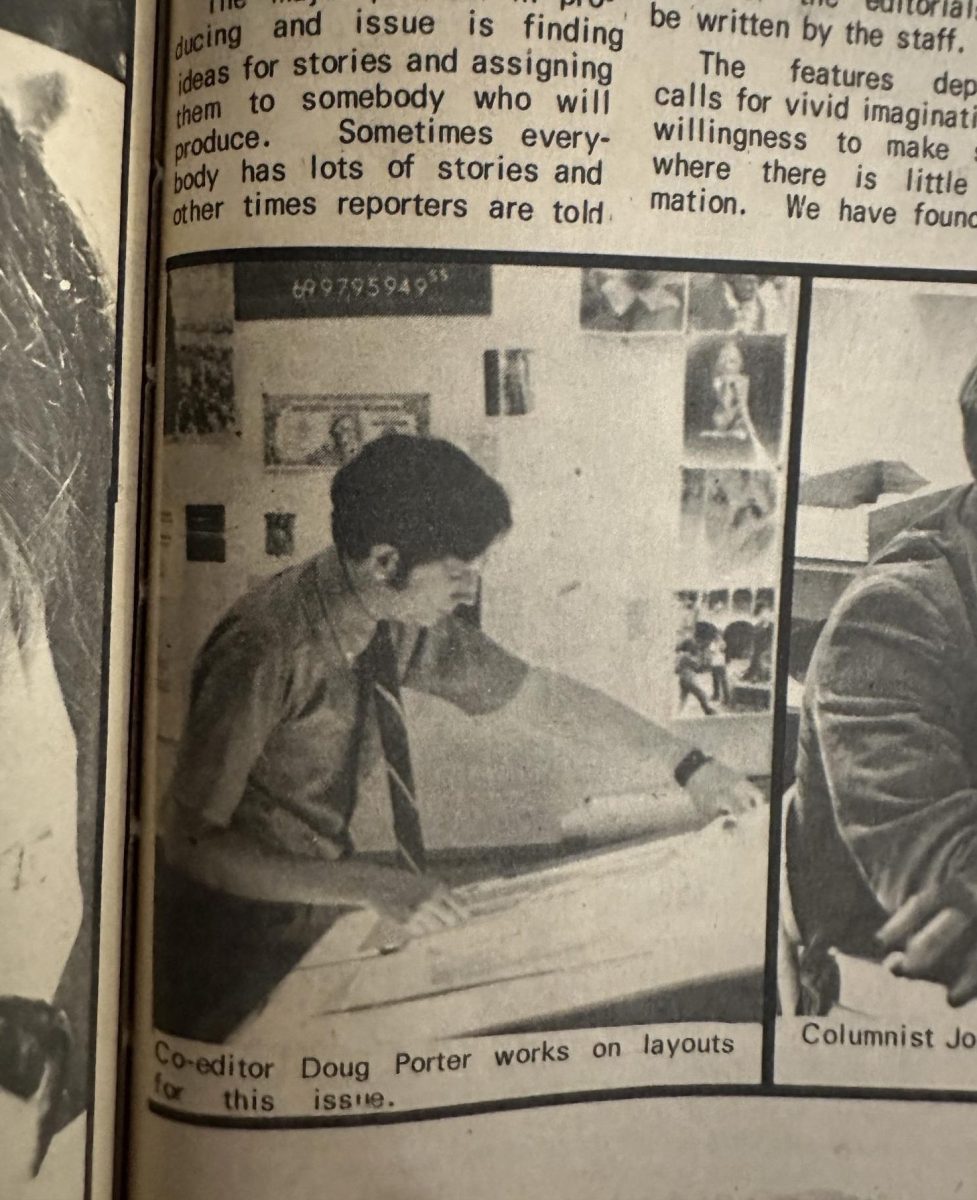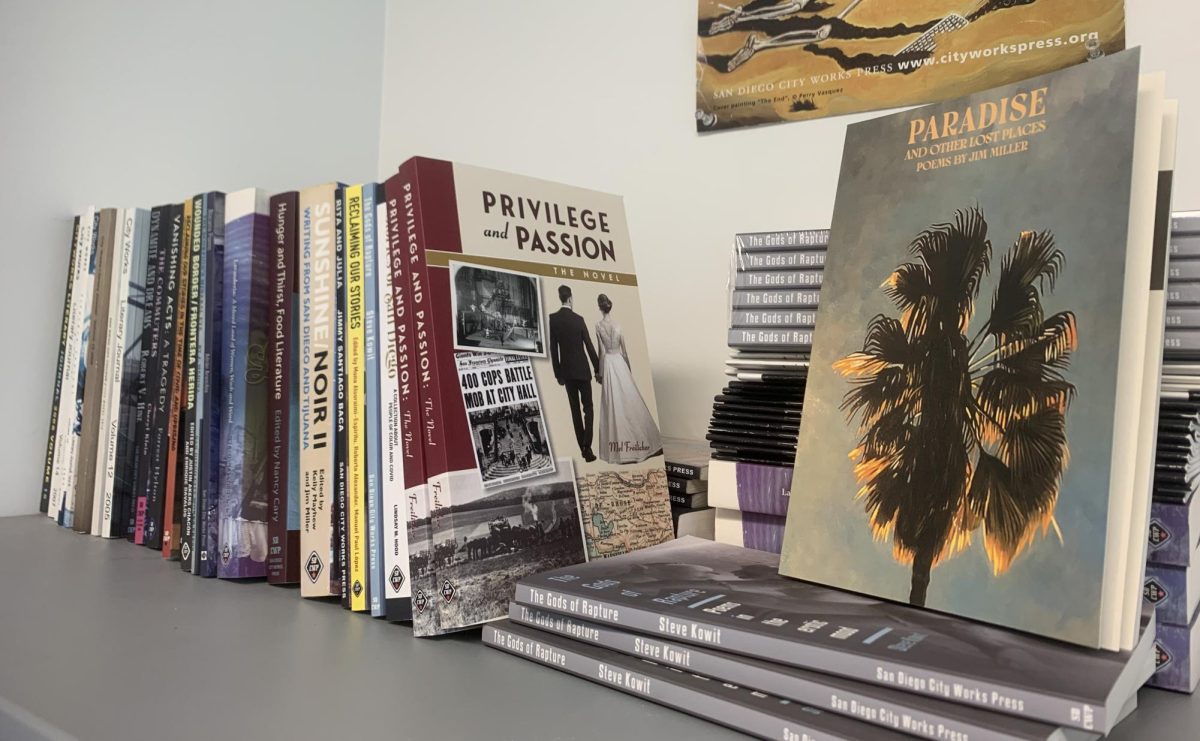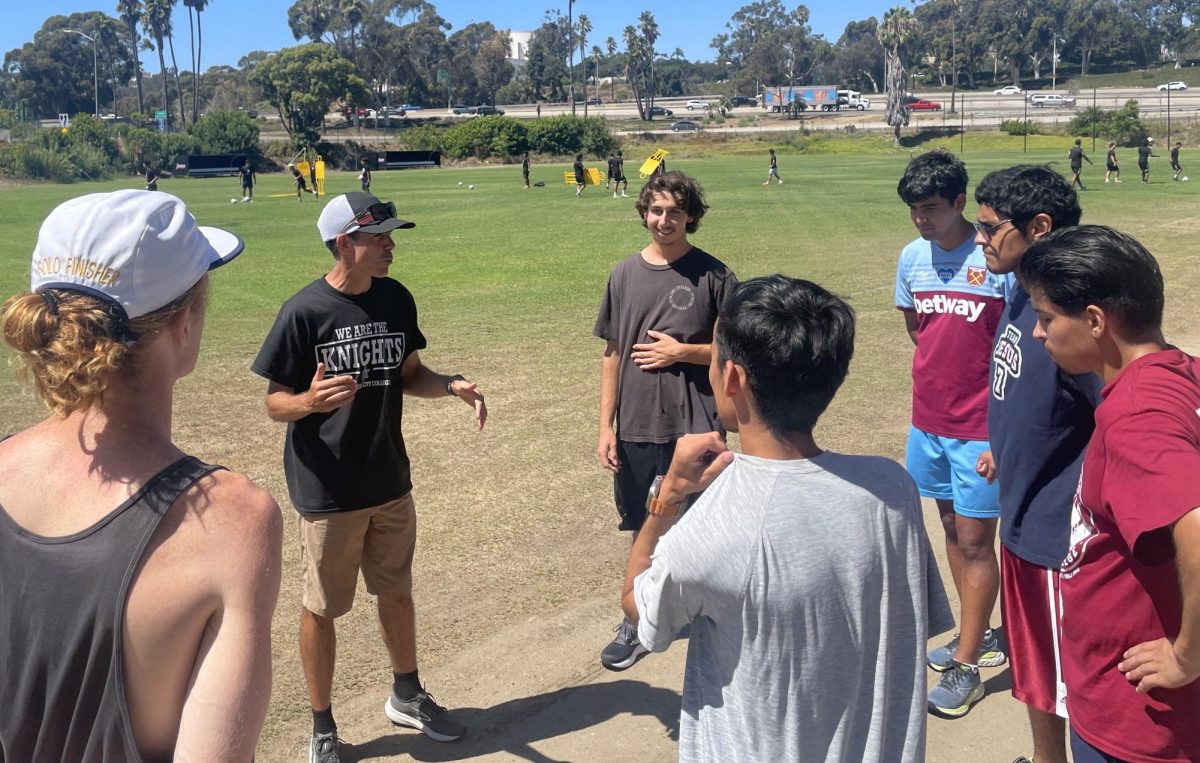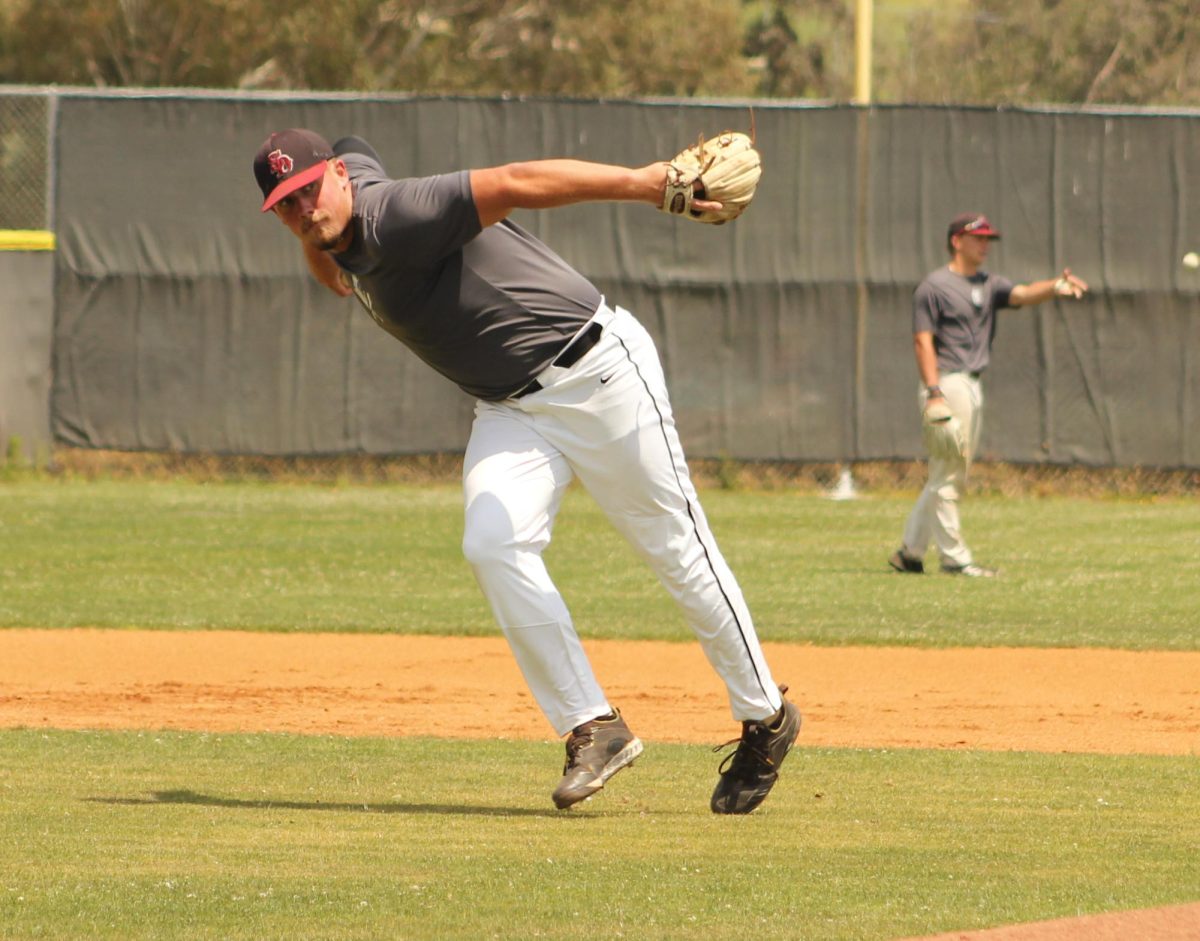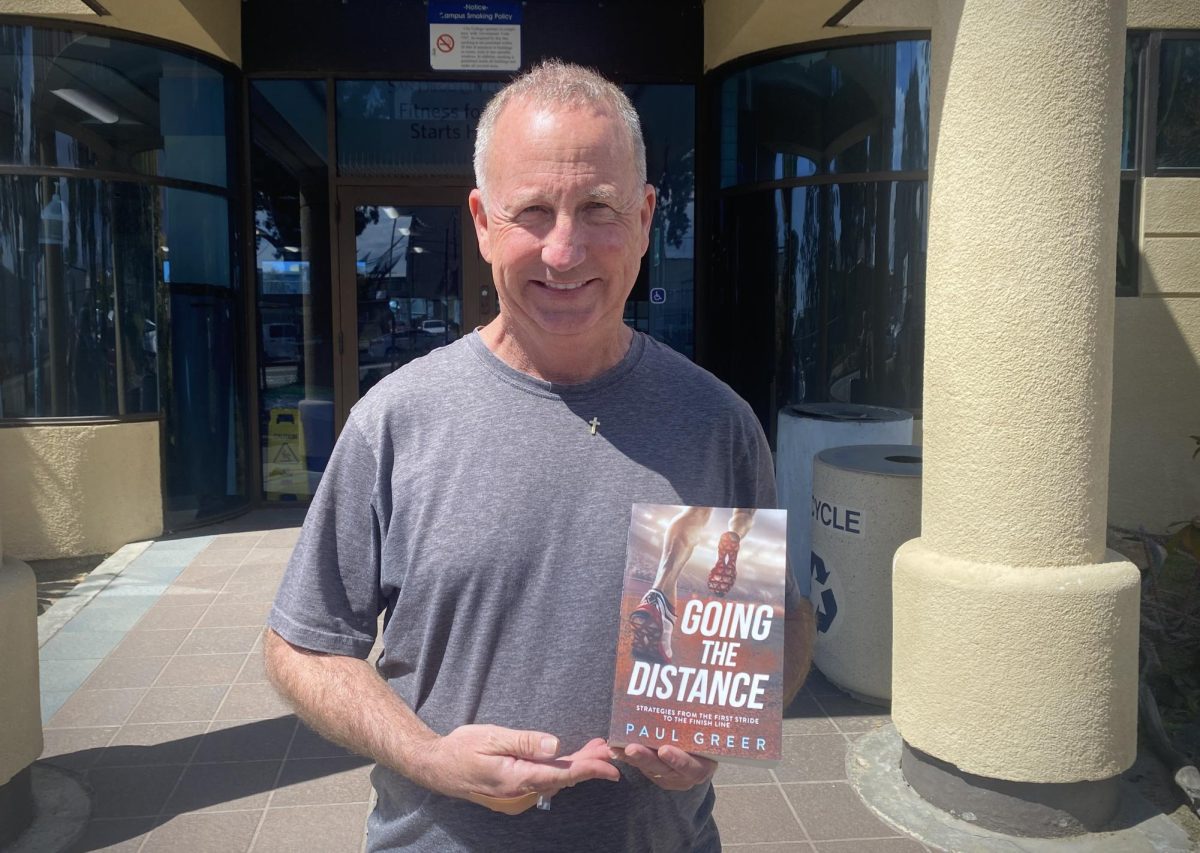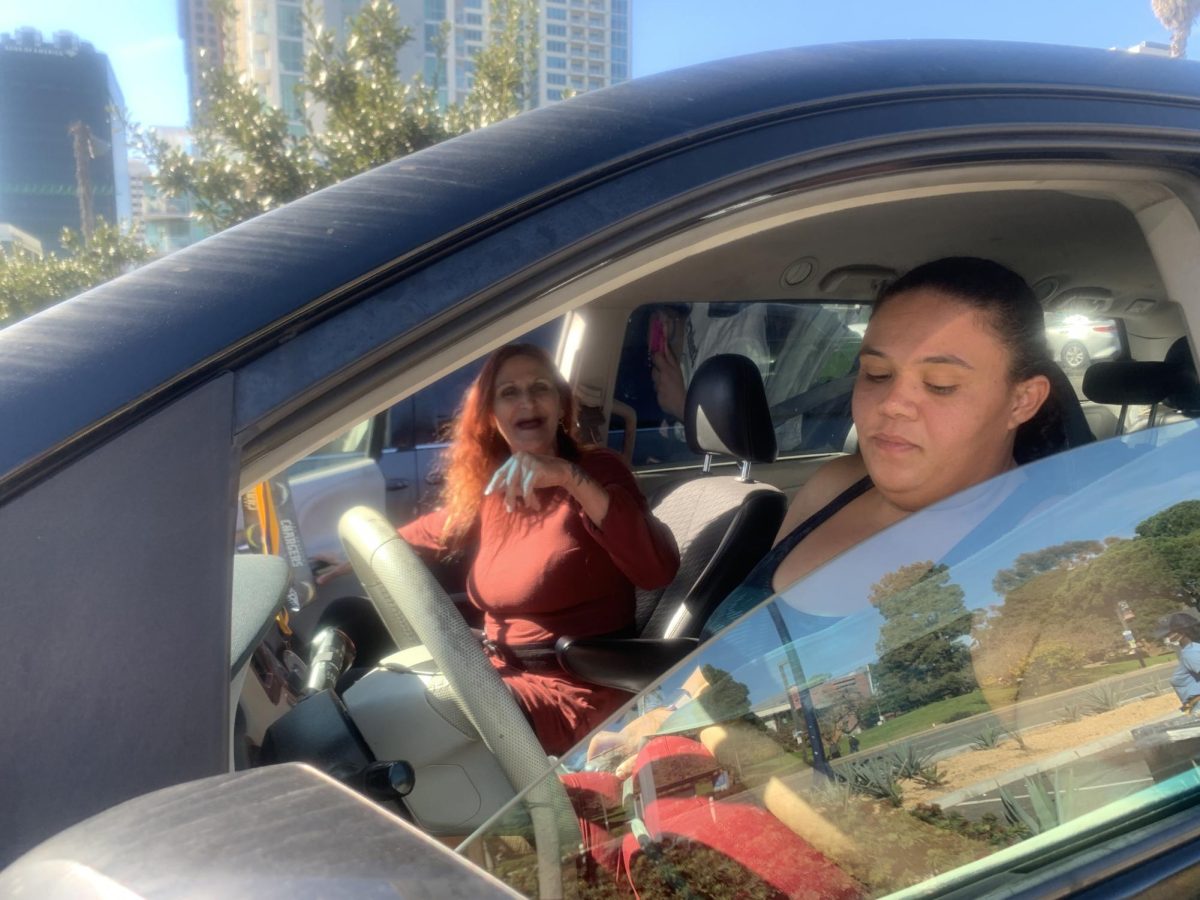It was more than 500 years ago, around 1519, when the Spanish conquistadors first explored Mexico. At this time the conquistadors came across the native Aztecs performing a strange ritual that looked as if the natives were mocking death instead of showing respect to it. The ritual today is known as Dia de los Muertos, or the Day of the Dead.
Unlike the conquistadors, who saw death as the end of life and something to fear, the natives viewed death as the continuation of life and something to celebrate.
The holiday, known as the Day of the Dead, or “Dia de los Muertos,” is celebrated mainly in Mexico or by people with Mexican heritage and others who reside in United States and Canada who are intrigued by this cultural holiday.
The holiday is mainly a day of remembrance and prayer of family and friends who have passed on. Unlike Halloween, which is the 31st of October, the day of the dead celebration occurs on the 1st and 2nd of November.
The closest sister holiday in the United States are the Catholic holy days, including All Saints’ Day and All Souls’ Day, which are celebrated on the same day as the Day of the Dead.
Traditionally, the people who celebrate Dia de los Muertos build private altars honoring the deceased using items such as skulls, marigolds, and what ever were their favorite foods and beverages. They take these items as gifts to the person’s grave.
Dia de los Muertos participants wear masks made of wooden skulls and place them on top of altars that they have built. Sugar skulls, made with the names of the dead person on the forehead, are eaten by a relatives and friends.
The Aztecs kept the skulls as trophies and displayed them during the ritual. The skulls were used to symbolize death and rebirth. This holiday has been traced back thousands of years by scholars. It’s origins are from an Aztec festival celebrating their dedication to a goddess called Mictecacihuatl, or known in English as “The Lady of the Dead”.
Happy Halloween and a happy Dia de los Muertos!

